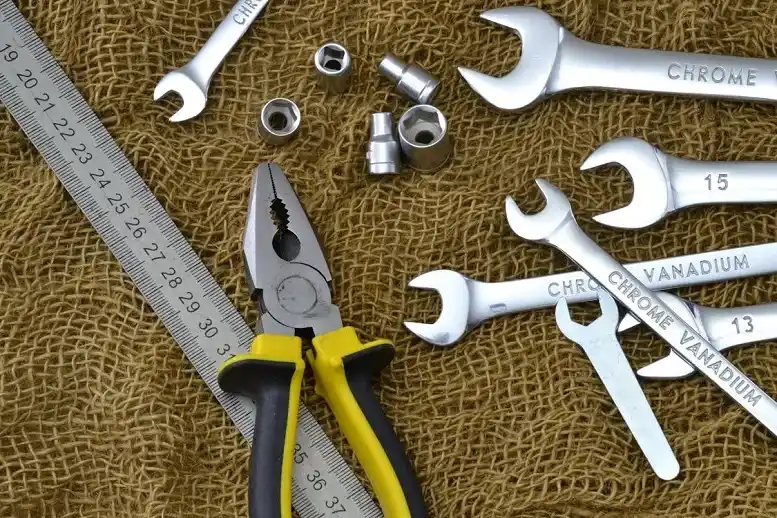Creating a functional and reliable toolkit starts with selecting versatile, durable items suited to a range of practical needs. Among these, gripping and cutting tools hold a unique position as multi-functional essentials, capable of bending, shaping, or securing materials.
Choosing the right pliers can make the difference between seamless project success and frustration.
This guide covers the essential plier types worth adding to your collection, what makes them a smart investment, and how to use them effectively for common household challenges.
Why Investing in Quality DIY Pliers Matters
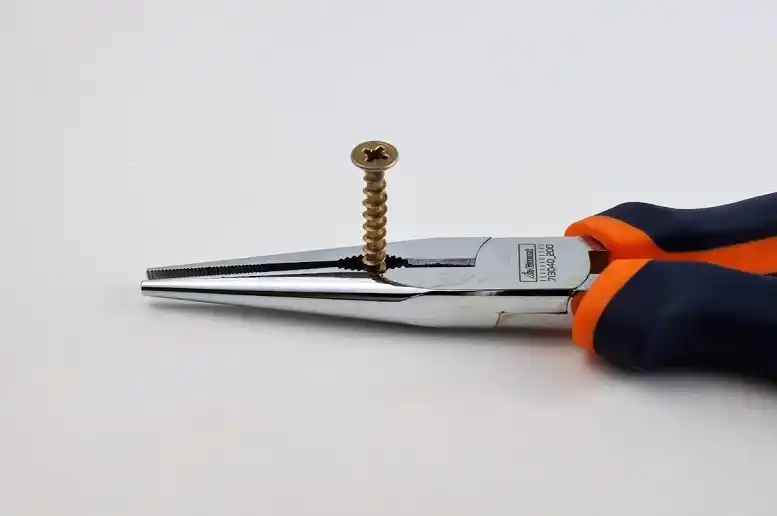
When selecting homeowners’ pliers, it’s tempting to pick the cheapest option available. However, the real value lies in precision, durability, and ease of use.
- Lower-cost alternatives often feature poorly aligned jaws, dull cutting edges, and uncomfortable grips. These flaws reduce safety, damage materials, and cause delays.
- High-quality equipment provides precise alignment, sharp edges that stay effective, and ergonomic designs that make extended use comfortable.
Example in Action: Imagine tightening a plumbing fixture under your sink. An inferior pair of gripping tools slips mid-turn, damaging the fitting or even cracking the pipe. As a result, you face more repairs and potentially a hefty bill. With well-designed, adjustable equipment, you achieve a secure hold with no slippage, completing the job without unnecessary setbacks.
Spending on reliable tools is an investment in avoiding future frustrations. Check to see if they’re affiliated with the FBHTM or BHETA. Since 2019, FBHTM has joined BHETA to deliver mutual benefits to tool manufacturers and consumers.
Three Essential DIY Pliers to Get Started

Building a functional set starts with versatile options that cover a broad range of needs. Here are the must-have plier types for any homeowner toolkit:
1. Multi-Use Gripping Tools: Combination Pliers & Adjustable Wrenches
Combination models serve multiple purposes, such as gripping, cutting, and bending. They’re perfect for handling minor electrical repairs, tightening screws, or adjusting small metal components.
Maun pliers are excellent examples of durable, reliable pliers that provide outstanding value for money, particularly their parallel-jaw pliers, which offer incredible versatility for a range of applications.
Pro Tip: Opt for models with serrated jaws to grip smooth materials securely. Insulated handles are a worthwhile addition for anyone planning electrical work.
Real-Life Application: Picture yourself rewiring a lamp. The serrated section of the jaws holds the wire firmly as you strip away insulation, while the cutting edges trim the length neatly. The job becomes fast and frustration-free.
2. Precision Tools for Delicate Jobs: Needle-Nose Pliers
Needle-nose models, with their elongated, slender jaws, excel at intricate tasks and confined spaces. Whether you’re repairing a necklace, working with electronics, or retrieving a small object stuck behind a fixture, these deliver control and finesse.
Pro Tip: Choose versions with a spring-loaded hinge. This feature reduces hand strain when working on repetitive, detailed tasks such as assembling small models or repairing gadgets.
Real-Life Insight: Fixing a pair of glasses requires both steadiness and accuracy. These precision pliers allow you to grip delicate frames without risking scratches or distortion.
3. Adjustable Options for Versatility: Slip-Joint Pliers
Slip-joint models are designed to handle objects of varying sizes. Their adjustable jaw width makes them ideal for tackling anything from securing pipes to loosening bolts.
Pro Tip: Prioritize options with a secure pivot point. A wobbly hinge reduces effectiveness and increases the risk of slipping, especially when gripping larger objects.
These three essential plier types form the backbone of any practical toolkit, preparing you for most household fixes and DIY projects.
How to Spot the Right Features in Quality Pliers
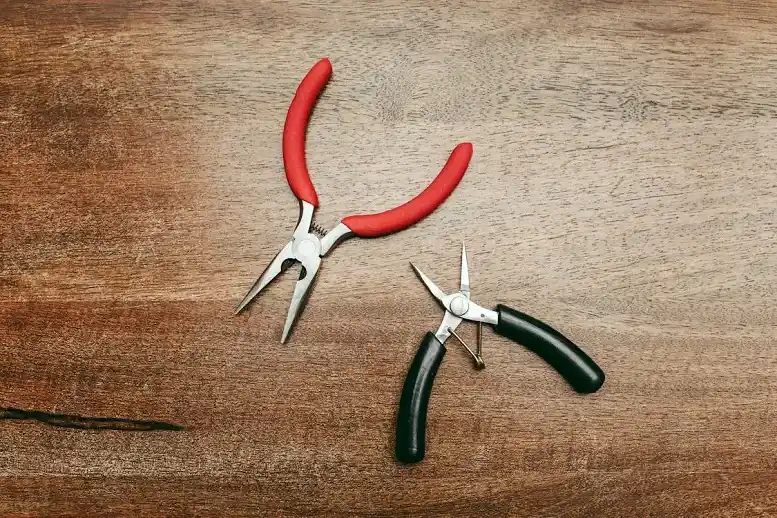
Not all gripping and cutting tools are created equal. Knowing what to prioritize ensures you get items that deliver reliability, precision, and comfort.
1. Sturdy Build Quality: Material Composition
Materials like high-carbon steel or chromium-vanadium alloys offer durability and resistance to corrosion. Cheaper metals may wear quickly or fail under stress, leaving you stuck mid-project.
Expert Tip: Many professional-grade models include a nickel or chrome coating for added protection in damp conditions. If you’ll be working outdoors or in areas prone to moisture, this feature is particularly valuable.
2. Comfortable, Non-Slip Handles: Ergonomic Design
Ergonomic designs reduce fatigue and improve control, especially during longer tasks. Rubberized or textured grips ensure secure handling, even if your hands are sweaty.
Practical Example: I once spent hours assembling furniture with an old pair of unpadded pliers. By the end, my hands were sore, and the task felt twice as tedious. Using a modern pair with padded grips made the same job effortless.
3. Reliable Hinges for Smooth Operation: Joint Mechanics
Poorly constructed joints create uneven pressure, leading to a less secure grip or uneven cuts. High-quality options feature tight, well-aligned hinges that ensure precise performance.
Maintenance Tip: If movement becomes stiff over time, apply a drop of lubricant at the joint to restore smooth functionality.
Focusing on these features ensures your tools feel like an extension of your hands, making every task smoother and more enjoyable.
Specialized Pliers for Bigger Home Projects
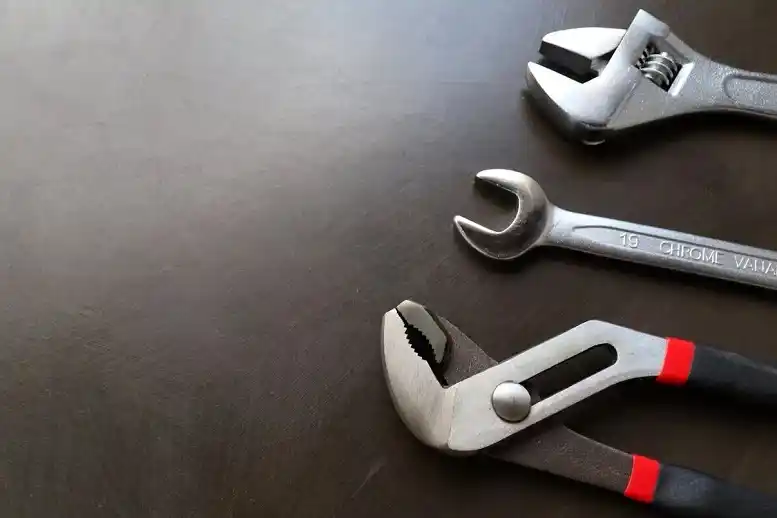
As you gain confidence, you may take on more advanced tasks that call for specialized equipment. Adding these specialized plier types can transform your capabilities:
1. Plumbing-Specific Models: Water Pump Pliers
Tongue-and-groove designs excel at gripping pipes and larger fittings. Their angled jaws provide a secure hold, even on smooth, polished surfaces like chrome or stainless steel. Recent reviews highlight models like the Knipex Cobra Water Pump Pliers and Channellock 440 as top picks for 2025.
Real-Life Application: Replacing a showerhead is made easier with tools that firmly grip the fitting without scratching the surface or damaging the threads.
2. Tools for Rusted or Stubborn Parts: Locking Pliers
Locking mechanisms (often called Vise-Grips) offer unmatched control for holding objects in place while applying force. These are perfect for loosening rusted bolts or securing materials during gluing. The IRWIN VISE-GRIP GrooveLock series features press-n-slide button systems and ProTouch grips for enhanced comfort.
Removing a stripped bolt from a bicycle frame can feel impossible with standard tools. A locking model grips the head tightly, allowing you to twist it free without further damage.
Specialized tools allow you to approach even complex repairs with confidence and ease.
Maintaining Your Pliers for Long-Term Performance
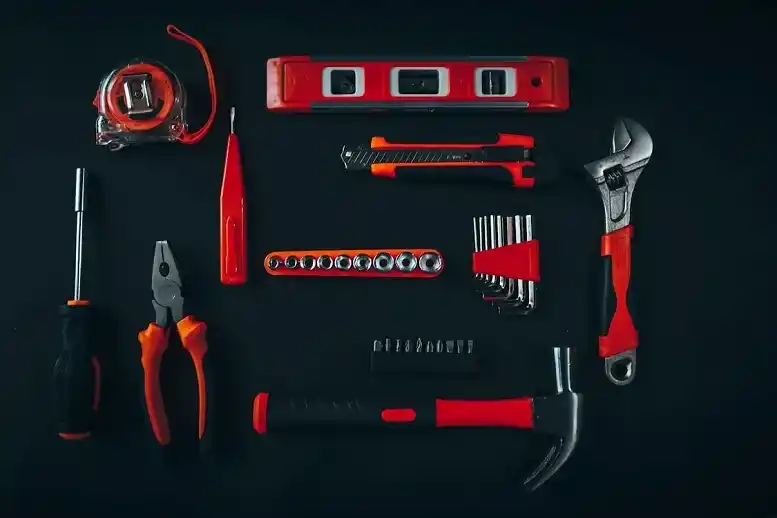
Proper care extends the life of your equipment and ensures peak performance. Follow these tips to keep them in great condition:
- Clean Regularly: After each use, wipe off dirt, grease, or debris with a cloth. For stubborn grime, use rubbing alcohol or a mild degreaser.
- Protect Moving Parts: Apply a drop of oil to hinges to prevent rust and ensure smooth operation.
- Check for Wear: Periodically inspect cutting edges and alignment. Replace tools that no longer function effectively.
- Store Securely: Use a toolbox or wall-mounted rack to keep everything organized and free from damage.
Well-maintained tools remain reliable and ready for action whenever you need them.
Essential Plier Types Every Homeowner Should Consider
Beyond the basic three, several specialized plier types can enhance your DIY capabilities:
Cutting Pliers (Diagonal Pliers)
Perfect for trimming electrical wires and cutting small nails. The angled cutting edge provides clean cuts without crushing wire strands.
Linesman Pliers
Commonly used for electrical work, these feature thick jaws for gripping and cutting wire. The flat gripping surface excels at twisting wires together.
Bent-Nose Pliers
Angled jaws allow you to work around obstructions or in tight spaces where straight pliers won’t fit. Ideal for detailed work in confined areas.
Flat-Nose Pliers
Wide, flat jaws provide strong grip control for metalworking, jewelry making, or whenever you need to bend or straighten wires.
Tools That Build DIY Confidence

Owning high-quality pliers transforms the way you approach projects. With dependable, effective equipment, tasks that once seemed overwhelming feel entirely manageable.
Whether you’re fixing a broken gate, creating something new, or managing everyday repairs, thoughtfully chosen options make the process smoother and more rewarding.
Equipping yourself with reliable, well-suited tools helps you build confidence and handle challenges with ease.
Investing in the right DIY pliers not only saves time but also builds your confidence to handle any home project with ease. For more tips and advice, visit HomeDecorToday!


